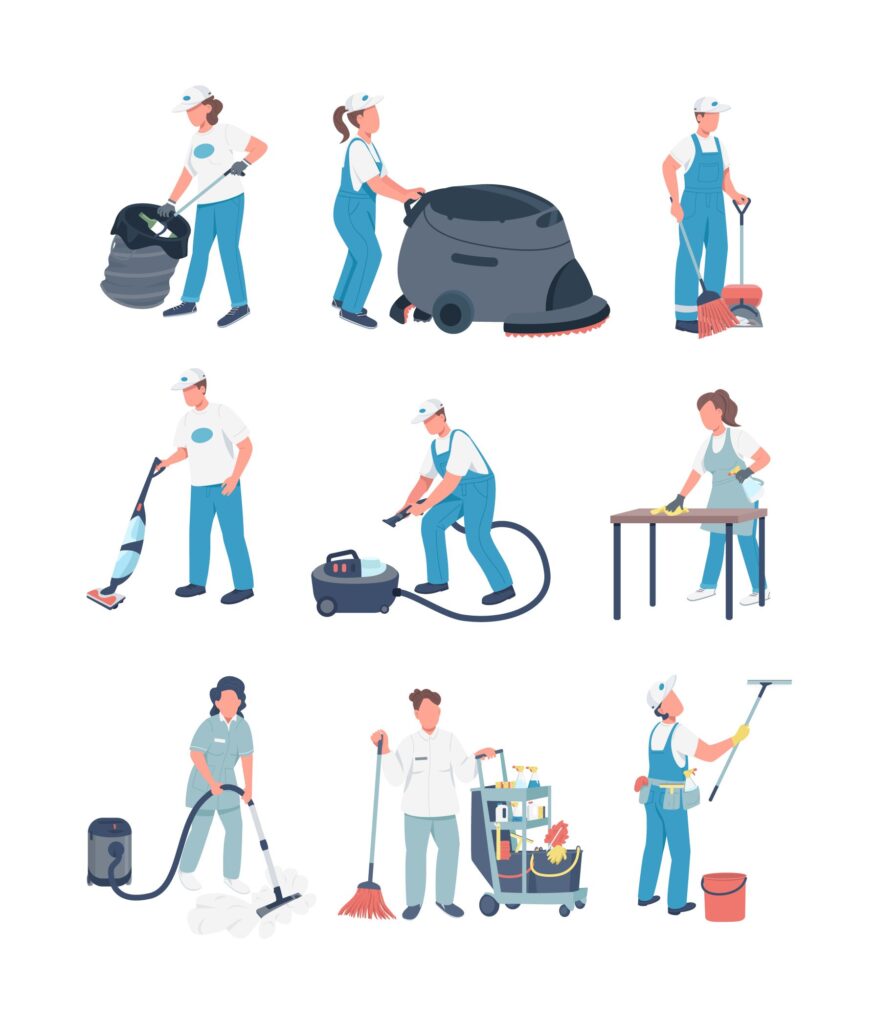Understanding the Distinction Between Cleaning, Disinfecting, and Sterilizing
Maintaining a clean and hygienic surrounding is essential for promoting health and inhibiting the spread of infections. When it comes to eliminating pathogens and maintaining a safe environment, it’s crucial to understand the differences between cleaning, disinfecting, and sterilizing. While these terms are often used interchangeably, they refer to distinct processes with varying levels of effectiveness. This article will delve into the disparities between cleaning, disinfecting, and sterilizing to help you make informed decisions regarding the appropriate approach for different situations.
1. Cleaning:
Cleaning is the fundamental process of removing dirt, debris, and impurities from surfaces. It typically involves using soap, detergent, or other cleaning agents, water, and physical agitation. Cleaning helps to eliminate visible dirt, dust, stains, and odors, making the surface visually appealing. However, cleaning alone does not kill or eliminate all kinds of microorganisms, including bacteria, viruses, and fungi.
2. Disinfecting:
Disinfecting reduces or kills microorganisms on surfaces to a safe level by public health standards. Disinfectants are chemical agents specifically designed to destroy or inactivate pathogens. They are typically used on surfaces frequently touched or likely to harbor harmful bacteria and viruses. Disinfectants can be effective against many microorganisms but may not eliminate all resistant bacteria or spores.
3. Sterilizing:
Sterilizing is the highest level of microbial control, aiming to eliminate or destroy all microbial life forms, including bacteria, viruses, fungi, and spores. The sterilization process ensures the absence of viable microorganisms, reducing the risk of infection to the lowest possible level. Sterilization is typically employed in medical and laboratory settings, where maintaining an aseptic environment is critical. It involves using methods such as heat, steam, pressure, radiation, or chemical agents to achieve a high level of microbial kill.

Key Differences:
- Cleaning focuses on removing visible dirt and debris from surfaces, while disinfecting and sterilizing targets the destruction of microorganisms.
- Disinfecting minimizes the number of microorganisms on surfaces to a safe level, while sterilization aims to eliminate all forms of microbial life.
- Disinfecting and sterilizing involve using specific chemical agents, heat, pressure, or radiation. Cleaning, on the other hand, primarily relies on water, detergents, and physical agitation.
- Disinfecting is commonly employed in household, healthcare, and public settings, while sterilization is critical in medical and laboratory environments.
Understanding your Need is Crucial
While cleaning, disinfecting, and sterilizing all play essential roles in maintaining a hygienic environment, it is crucial to understand their distinct purposes. Cleaning removes visible dirt and debris, disinfecting reduces the number of microorganisms to a safe level, and sterilizing eliminates all microbial life forms. The appropriate approach depends on the specific situation and level of microbial control required. By understanding these differences, you can effectively implement the necessary measures to ensure cleanliness, hygiene, and safety in various settings.
If you need help understanding your maintenance demands, Affiliated Building Maintenance is here! Contact us today for the best professional cleaning services!







